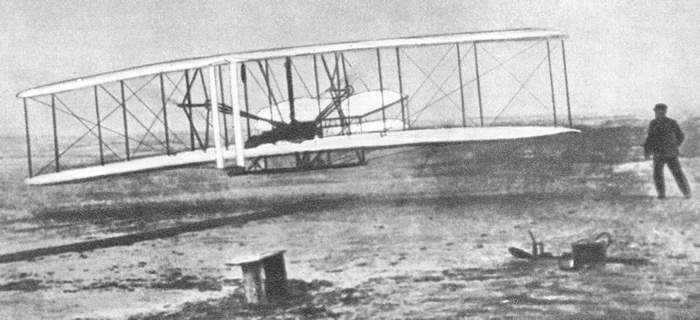5 Outer Banks Winter Activities

The cooler Outer Banks winter months bring a slowdown in activities but that doesn’t mean the fun ceases to exist. It’s true that some restaurants and businesses close after the holiday season and don’t reopen until March, and others reduce hours and services, but there remain some very good reasons to visit the Outer Banks. Here are just a few:
1. Wright Brothers National Monument: The Wright Brothers Monument in Kill Devil Hills is one of the most visited National Park sites. In summer months, there are lots of people walking through the exhibits, listening to the historic interpreters and enjoying the monument and outlying view. The memorial is also open and available to guests during the winter months. Offseason visitors can still enjoy the historic monument and elevated views, but fewer people allows for a more relaxed experience to absorb interpreter information and freely ask questions about this historic moment in human history.
2. Take a Ferry Ride: Since the North Carolina Ferry system runs year round, a ferry ride can be made any time of the year. But, keep in mind that each season has its own beauty, so a winter ride provides a unique experience, including no lines! If you show up when the ferry is scheduled, just drive on board and go!
There are two ferries that are a part of the Outer Banks transportation system: Knotts Island and Ocracoke/Hatteras, and both trips are free. The Knotts Island ferry is a relaxing 45 minute crossing between the town of Currituck and Knotts Island, a pleasant residential and farming community on an island in the northern corner of Currituck Sound. Mackey Island National Wildlife Refuge is located there, so for wildlife enthusiasts, especially birders, this could be a memorable trip.
The Ocracoke/Hatteras ferry connects two classic fishing villages—Hatteras and Ocracoke. The only way on and off of Ocracoke is by boat and life certainly moves at a more unhurried pace on the island in the winter. Regardless of the pace, Ocracoke is worth a visit. Quaint and beautiful, it offers a picture into the past of the Outer Banks.
This is a day trip. Depending on your starting point, the car ride to the Hatteras Ferry Terminal is between 1-1/2 to 2 hours, and the ferry ride is another 1-1/2 hours. This used to be a shorter ride, but they’ve been unable to keep the old channel open.
3. Offshore Fishing: With ocean water temperatures in the surf hovering around 50 degrees, surf and pier fishing gets spotty. This year, people are still catching the occasional trout, lots of skates and dogfish, and in the sounds a few rockfish, but the real action is offshore.
The Gulf Stream is just a few miles off the Outer Banks coast—almost touches the Point at Cape Hatteras—and the water temperatures are in the mid 70’s this January. So, it’s advisable to head out to sea for the best action.
There have been a number of reports of good yellowfin and blackfin tuna landings this year, as well as some wahoo and king mackerel. Fishing offshore is not a spur of the moment activity. Plan ahead, make reservations and have a great time.
4. Birding: There have been at least 400 different species of birds identified along the Outer Banks and the area has a justified reputation as a world class birder’s paradise. In the winter, migratory waterfowl blanket the waters of the sounds creating a feast for the eyes and ears.
Pea Island National Wildlife Refuge is probably the best known location for birding on the Outer Banks, but two other places in close proximity are also worth a visit.
Mackey’s Island National Wildlife Refuge on Knotts Island (see ferries above) attracts thousands of birders every year. On the mainland across from Dare County, Alligator River National Wildlife Refuge is also very interesting.
5. Outer Banks Center for Wildlife Education/Whalehead Club: In Corolla, Currituck County has created Currituck Heritage Park, which consists of the Whalehead Club, the Outer Banks Center for Wildlife Education and Currituck Beach Lighthouse. Unfortunately the Lighthouse is closed from December through March, but the Whalehead Club and Center for Wildlife Education remain open.
This is a great excuse to take a trip up to Corolla. The Whalehead Club tours are fascinating, and with smaller tour groups and more time allocated, guides have a chance to relay more detailed answers to questions.
The Center for Wildlfe Education is a wonderful little museum that explores the history and ecology of the Currituck Sound and their fascinating collection of hand-carved decoys is one of the largest in the world.

